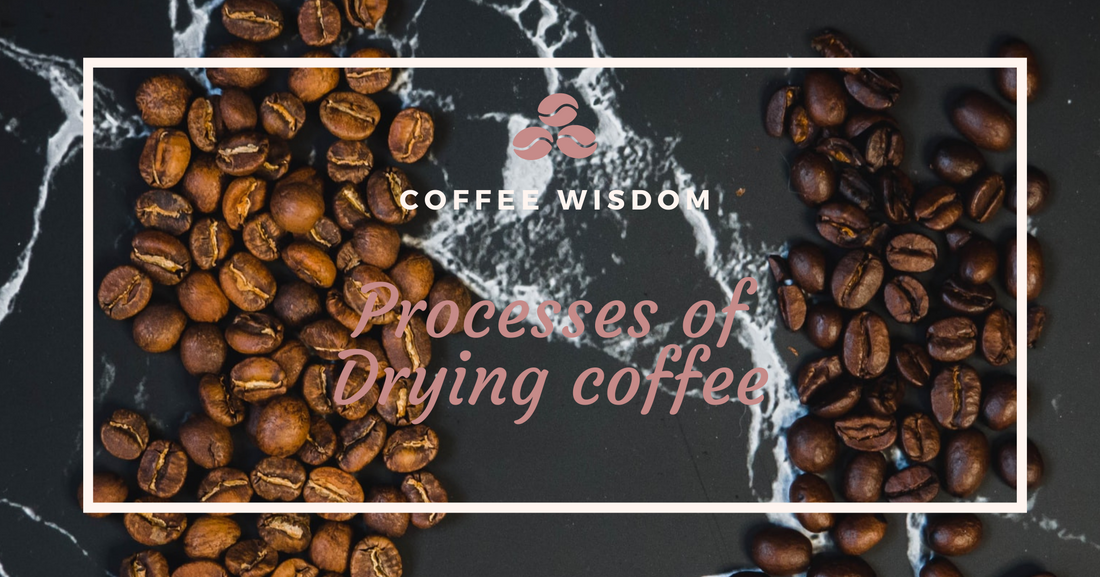Have you ever heard about Coffee drying processes?
There are three main ones:
· Washed
· Natural
· Honey
Some time ago, the most common method was to dry the coffee using the washing method, but lately there has been a lot of innovation on the subject. Thanks to other methods, the beans can develop different flavors.
If you are wondering what is the best type of drying, the truth is that there is no better method than another, each coffee may taste better with a certain drying process.
Why is the coffee dryed?
After harvesting the coffee fruits, they must be prepared so that they are ready to be roasted. Roasting allows the coffee to develop its flavors, and to roast the beans moisture must be reduced by drying methods. So the coffee must be dried to reduce moisture so that it can be roasted.
Washed process
Washed coffees have well-distinguished flavors, they produce very clean cups where you can feel good bitterness, sweetness and acidity. Washed coffees are the most traditional drying process.
More than once you may have tasted a washed coffee and you have not realized it. The next time you buy roasted coffee or order a coffee at your favorite coffee shop, ask about the type of drying of the coffee.
Lets see how this process is done...
In this type of drying, the ripe coffee fruits are pulped and fermented to remove the husk, pulp and mucilage, leaving only the coffee beans.
But why is it said "washed"? After fermentation, the fruits must be washed with plenty of water to remove the mucilage and leave the beans ready to dry.
Fermentation is possible thanks to the sugar content of the coffee fruits. These sugars allow the fruits, when left to rest in piles, to start the fermentation process.
Then, the coffee beans go to drying patios or "beds" where they are going to dry thanks to the sunlight. However, during drying, the coffee should not be exposed to too much sun, since UV rays can affect its quality.
Honey process
It's known as "honey" because when coffee is drying, it seems that it is full of "honey". Honey process coffees have very sweet flavors such as honey, maple, syrups, flowers, among others.
Unlike the washed process, during the Honey process, the coffee beans are not washed to remove mucilage.
After harvesting and pulping the coffee fruits, they pass with everything and their "honey" to the drying process. Thanks to this, the sweetness and flavors of the mucilage penetrate the coffee bean. When these beans are roasted they develop many sweet flavors.
Natural process
Natural coffees have impressive flavors. In a natural coffee you will be able to perceive very fruity flavors, cocoa, ripe fruit, exotic fruits, tropical fruits, intense acidity and pleasant sweetness.
It is known as natural, because the ripe coffee fruits are dried, just as they are harvested from the coffee plants. This means that they are not pulped or washed. During drying, the flavors of the skin, pulp and mucilage of the fruit penetrate the coffee beans.
Honeys and natural coffees don't use the amount of water that in the washed process, this has a positive environmental impact that is worth emphasizing.
The next time you try a coffee, remember all the effort that has been necessary so that you can enjoy it. In Colombia, many peasant families work on farms and mills. They ensure that the coffee dries evenly and can be of high quality.


1 comment
como evitar que el cafe honey, en el proceso de secado, en camas africanas, cubiertas, no adquiera humedad durante la noche?